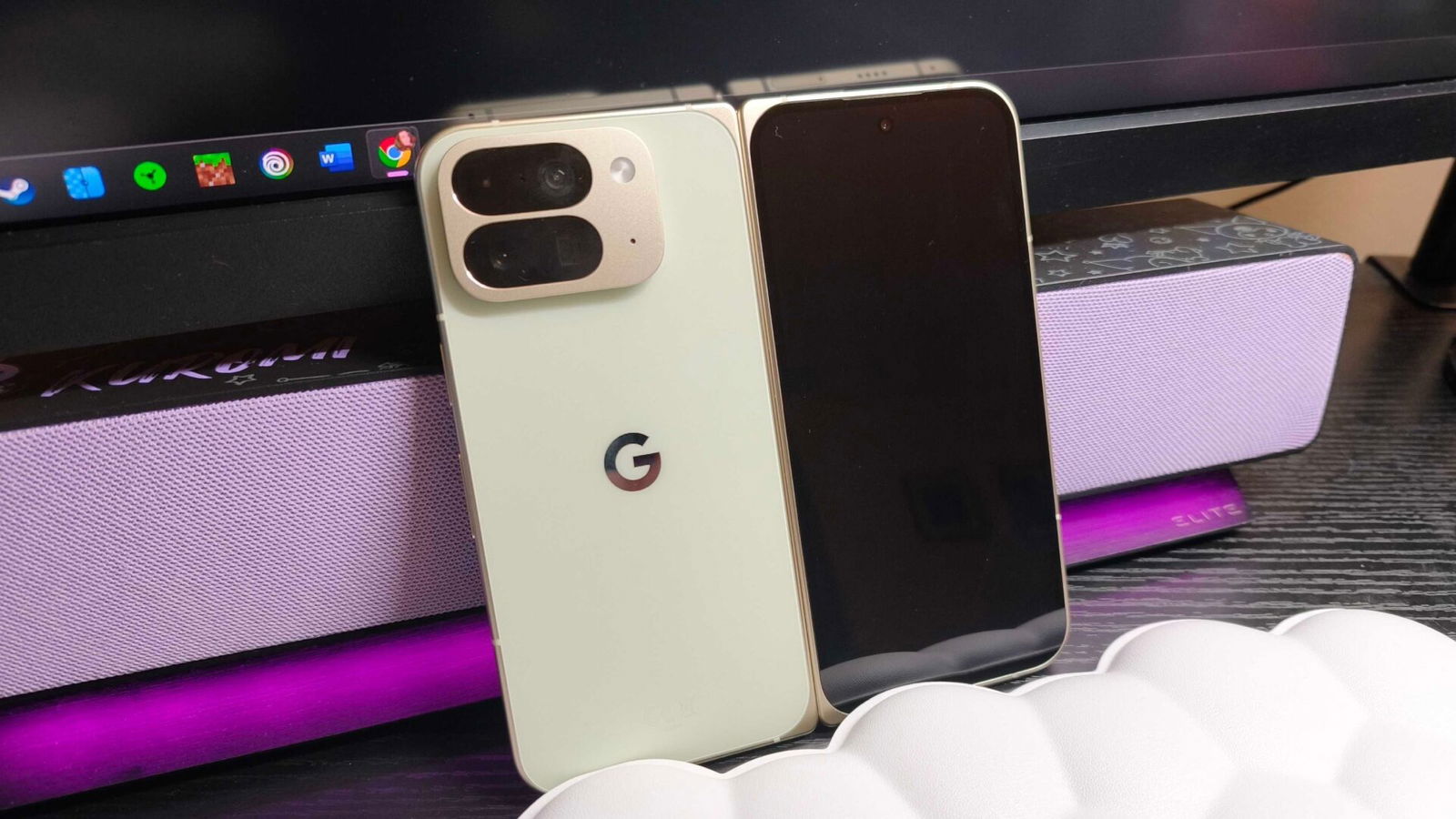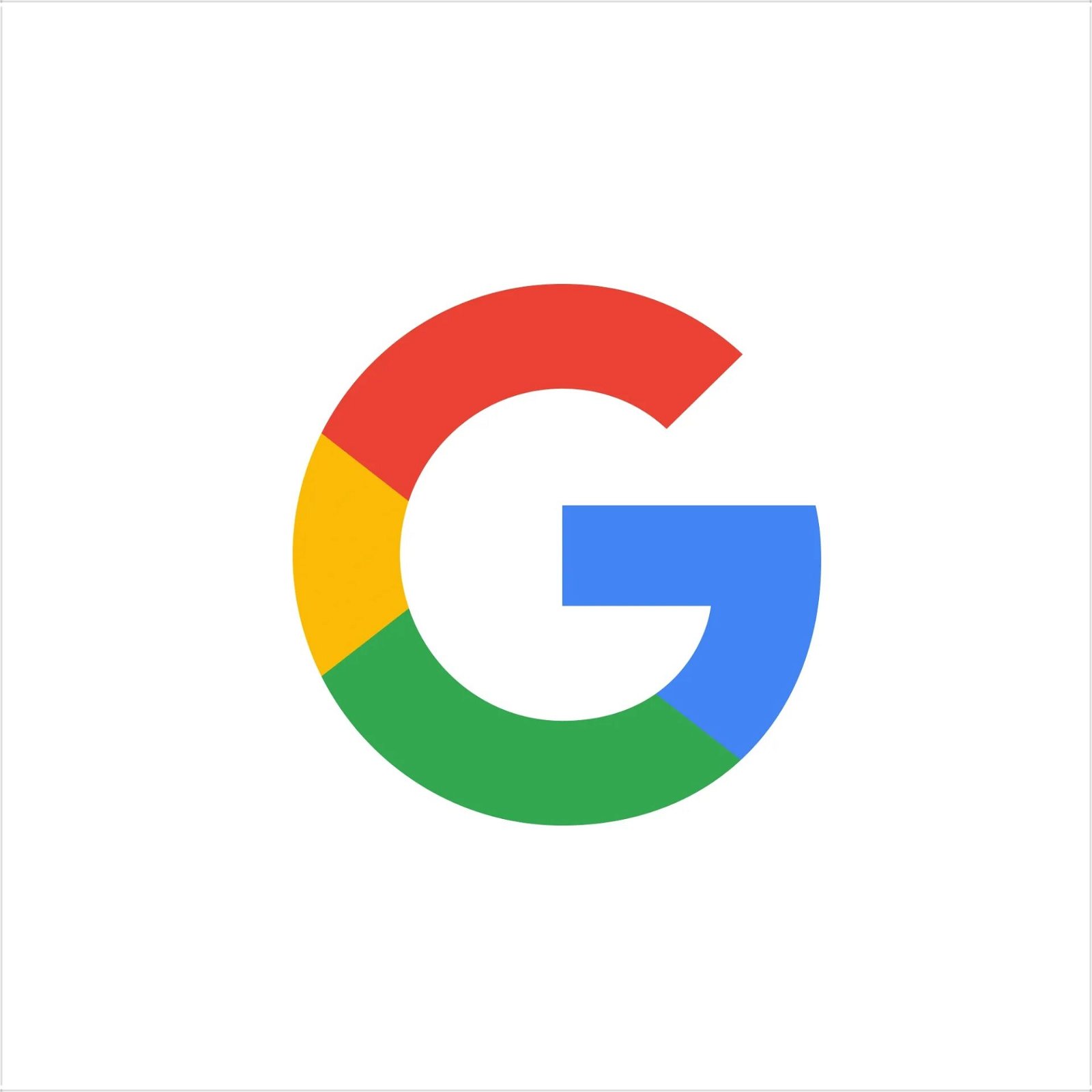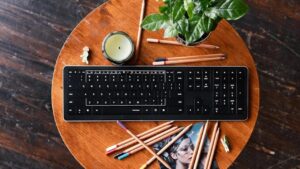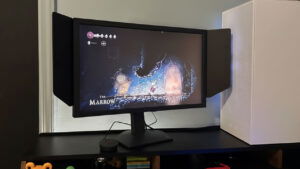I have long been covering the world of foldable smartphones here at CGMagazine, and the tradition continues today with the new Google Pixel 10 Pro Fold smartphone (phew, that’s a mouthful). I have spent the last week or so with Google’s latest foldable, and having missed out on the last edition, only having access to their first foldable, I was pleasantly surprised with what the company has brought to the table. The Google Pixel 10 Pro Fold has been a delight to use, and—don’t tell anyone—I am not even a regular Pixel fan.
I was not at the Made by Google event a few months ago, so unboxing the Google Pixel 10 Pro Fold was the first time I was able to see this gorgeous device in person. Coming in Jade (version tested) or Moonstone, both give off a premium feel. There is a slight silver rim around the screens and back of the device that matches the hinge, which makes the bezel feel a bit larger than it really is, but it’s a really classy look that I am happy to live with.
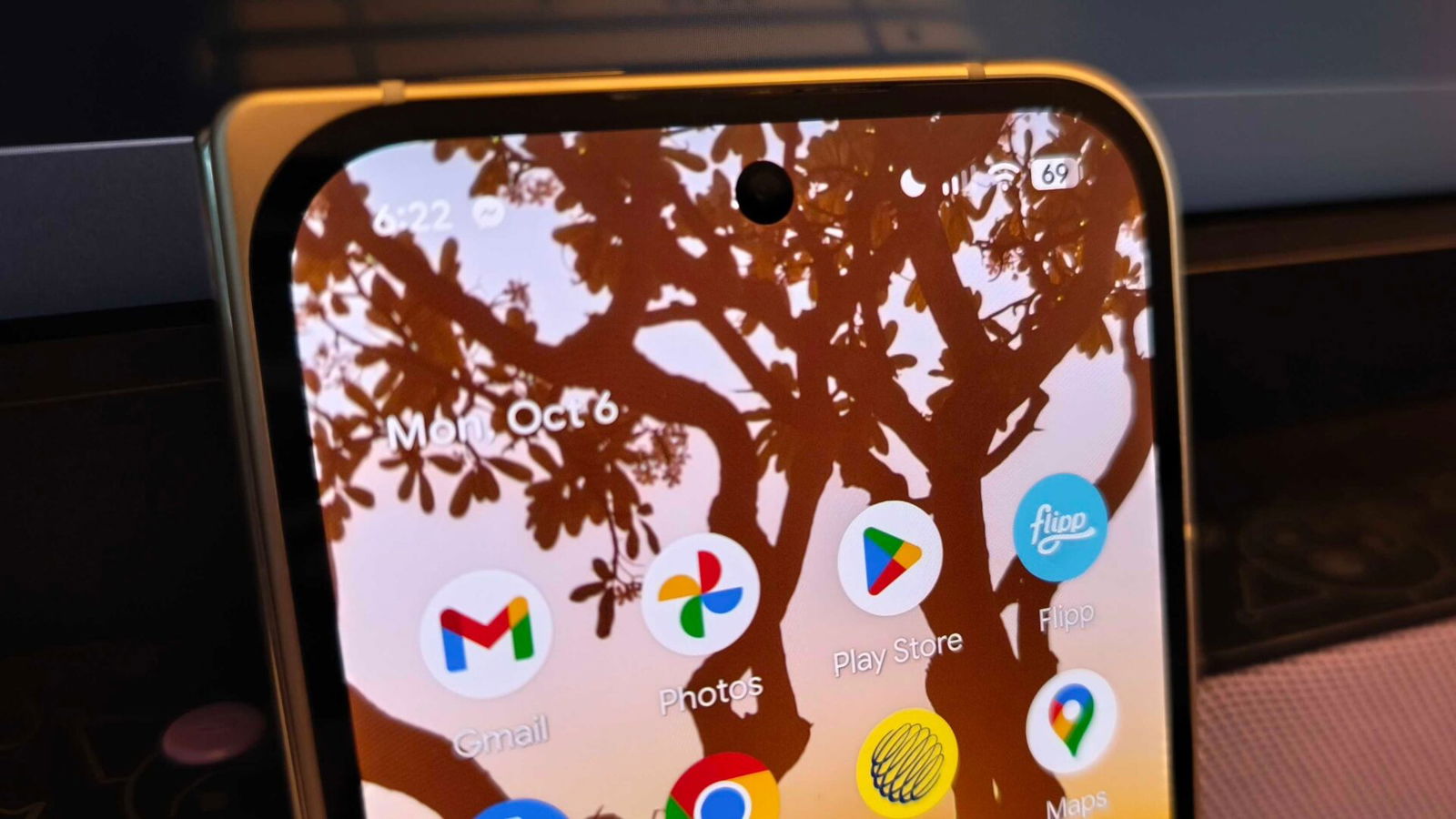
The Pixel 10 Pro Fold also features a new gearless hinge made with multi-alloy steel and an aerospace-grade aluminum cover. To be frank, when I handed the phone to my kids after I got it, neither could open it, but the good news is, I—an adult—had no issues. The hinge is strong but doesn’t snap shut. There is a crease in the display where the phone folds, but as I have said in past foldable reviews, I don’t think this should be an issue for people, and I think those who can’t forgive it need to relax.
“The Google Pixel 10 Pro Fold has been a delight to use, and—don’t tell anyone—I am not even a regular Pixel fan.”
The inner display is an 8” Super Actua Flex OLED screen with (2076×2152 and 373 PPI). It reaches 3000 nits peak brightness and a 1-120Hz refresh rate. The outer display, on the other hand, is a 6.4” Actua OLED screen (1080×2364 and 408 PPI), which also reaches 3000 nits peak brightness and a 60-120Hz refresh rate. Google has upped its game from last year’s fold, which was 2700 nits peak brightness on both displays, and it is also beating out the 2600 nits Samsung Galaxy Z Fold7 and the 2800 nits OnePlus Open.
That’s just a bunch of numbers to most people, though. A 120 Hz refresh rate is pretty standard now on most devices, not just foldables. This includes the Samsung Galaxy S25 Ultra, the iPhone 17 Pro Max, the Xiaomi 15 Ultra and many more devices, ranging from mid-tier to flagship quality. In practice, both of the Google Pixel 10 Pro Fold’s displays were beautiful, whether I was watching KPop Demon Hunters on Netflix, scrolling TikTok, or checking out my camera roll. I was pleasantly surprised with the overall quality.
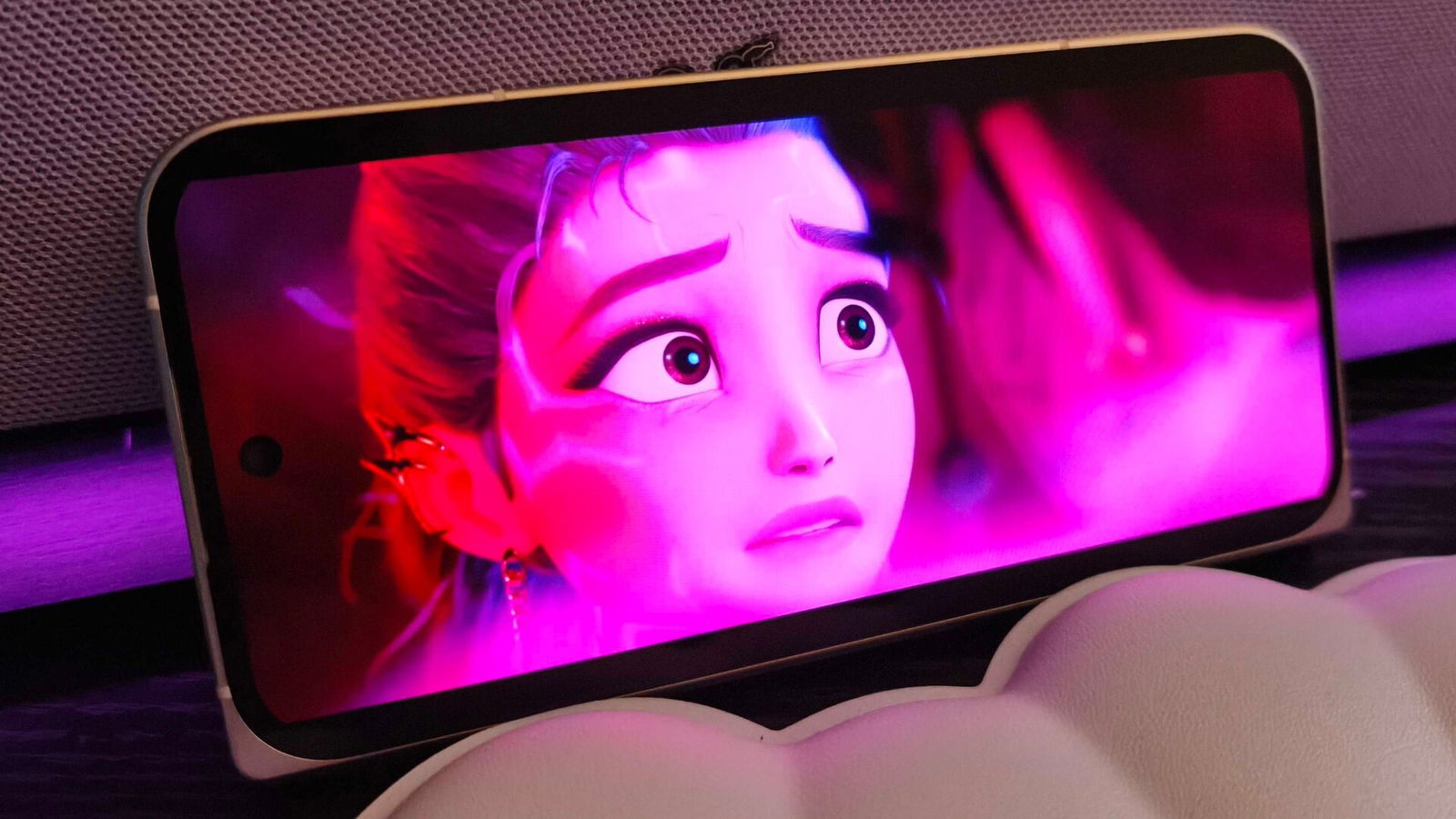
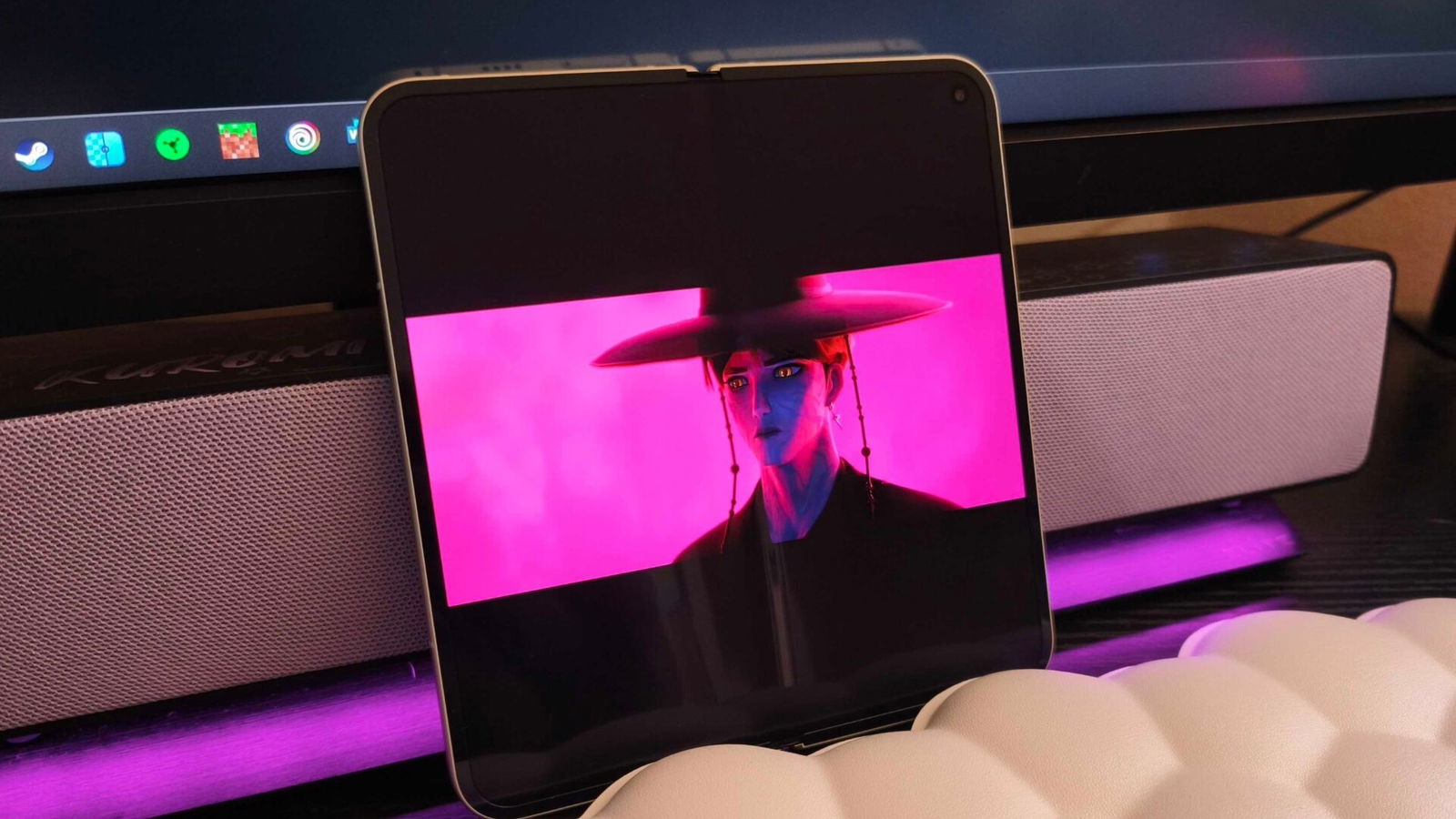
I am also really happy with the form factor of the Google Pixel 10 Pro Fold, even compared to other devices. Their first device was the strangest size, so I am happy to see they are in the right place now. Here is how it compares to others:
Google Pixel 10 Pro Fold Dimensions:
- Unfolded: 155.2 x 150.4 x 5.2 mm
- Folded: 155.2 x 76.3 x 10.8 mm
- Weight: 258g
Google Pixel 9 Pro Fold Dimensions:
- Unfolded: 155.2 x 150.2 x 5.1 mm
- Folded: 155.2 x 77.1 x 10.5 mm
- Weight: 257g
Samsung Galaxy Z Fold7 Dimensions:
- Unfolded: 158.4 x 143.2 x 4.2 mm
- Folded: 158.4 x 72.8 x 8.9 mm
- Weight: 215g
OnePlus Open Dimensions:
- Unfolded: 153.4 x 143.1 x 5.8 mm
- Folded: 153.4 x 73.3 x 11.7 mm
- Weight: 239 or 245g
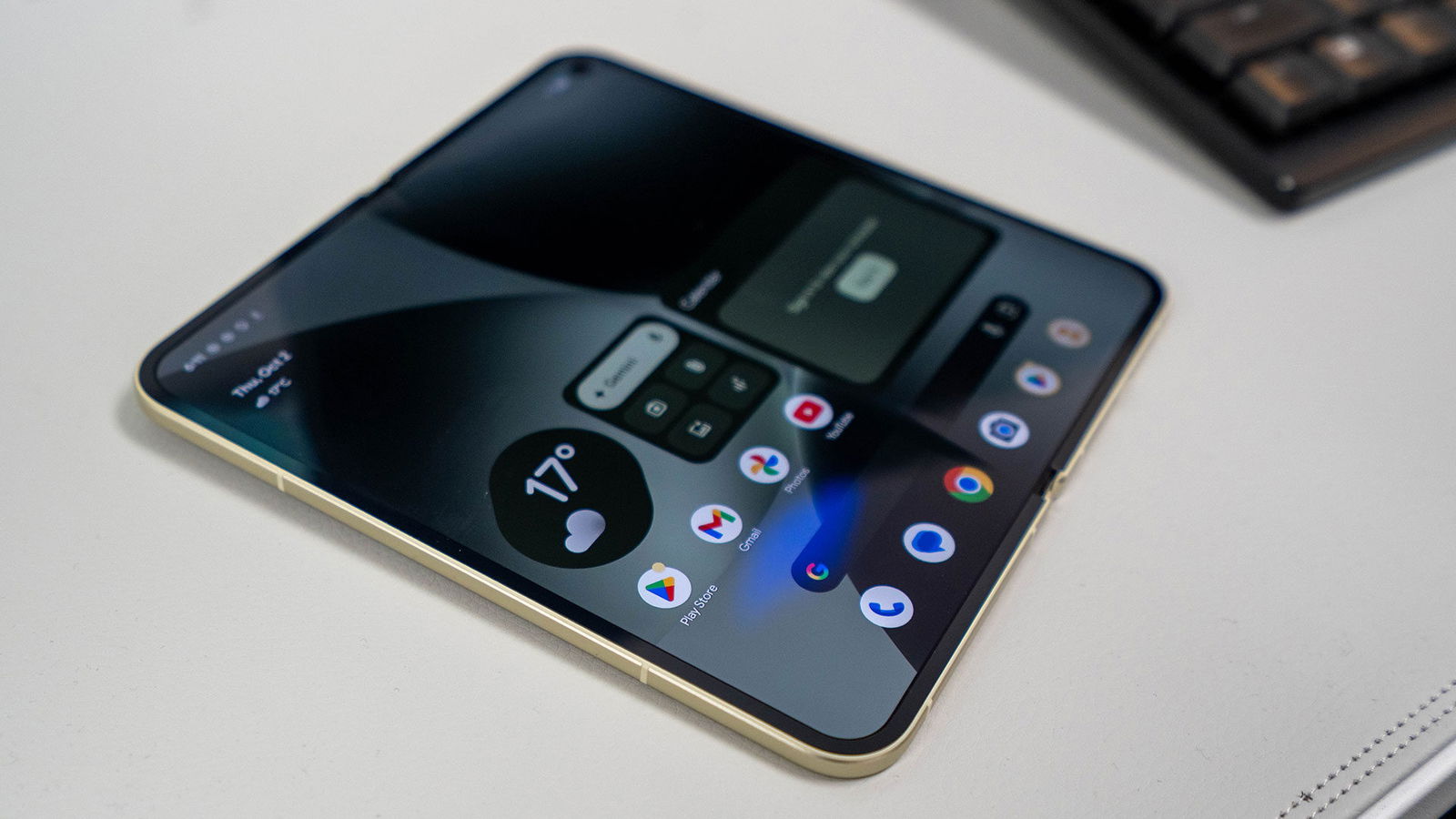
As you can see, the 10 Pro Fold is very similar to last year’s size, but is larger (and heavier than both other devices. You can definitely feel the weight, but I really like extra screen real estate—especially compared to older Z Fold models, they’ve upped their size this year. If you haven’t experienced a foldable in hand, the Pixel 10 Pro weighs 207g, the iPhone 17 Pro Max weighs 233g, and the S25 Ultra weighs 218g, for reference.
This is a significant jump if you’re not used to it. After using the Xiaomi 15T Pro (210g) for the last few weeks, and the OnePlus 13 (before that 213g), my pinky is sore from supporting the Pixel 10 Pro Fold—lamest injury ever, I know.
The Google Pixel 10 Pro Fold features the Google Tensor G5 chip, which is the same as their top-tier device. It also features 16GB of RAM and comes in three storage sizes: 256GB, 512GB, and 1TB. I have been living with a 1TB device for almost a year now and have never come close to filling it. The only time I think that size is really necessary is if you are into mobile gaming, and I will be honest, I don’t think the Pixel 10 Pro Fold is the device you want to game on.
“Colours really pop on the Pixel 10 Pro Fold, and the texture of the clouds or the fur of some of our neighbourhood pet friends was very detailed.”
Even just dropping into Fortnite, I was really disappointed with the way the game looked on the inner screen, especially. Graphics felt extremely rough, and even the lobby menus were chugging before I jumped in. The outer screen was a bit better looking overall, but still not a great experience for gaming. Smaller games like Balatro and Pokémon GO run flawlessly on both screens, so if you aren’t an intense mobile gamer, you’re safe.
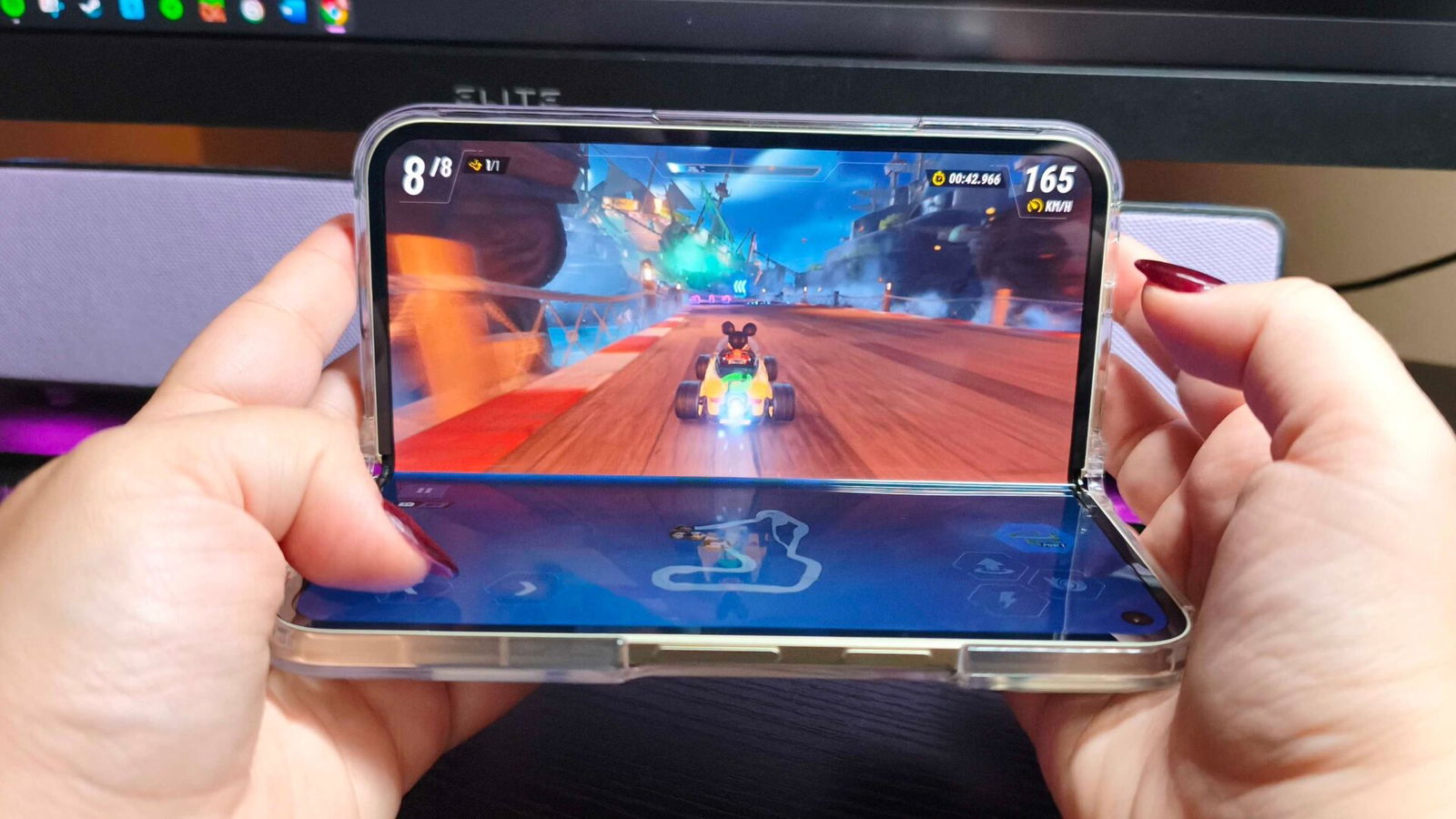
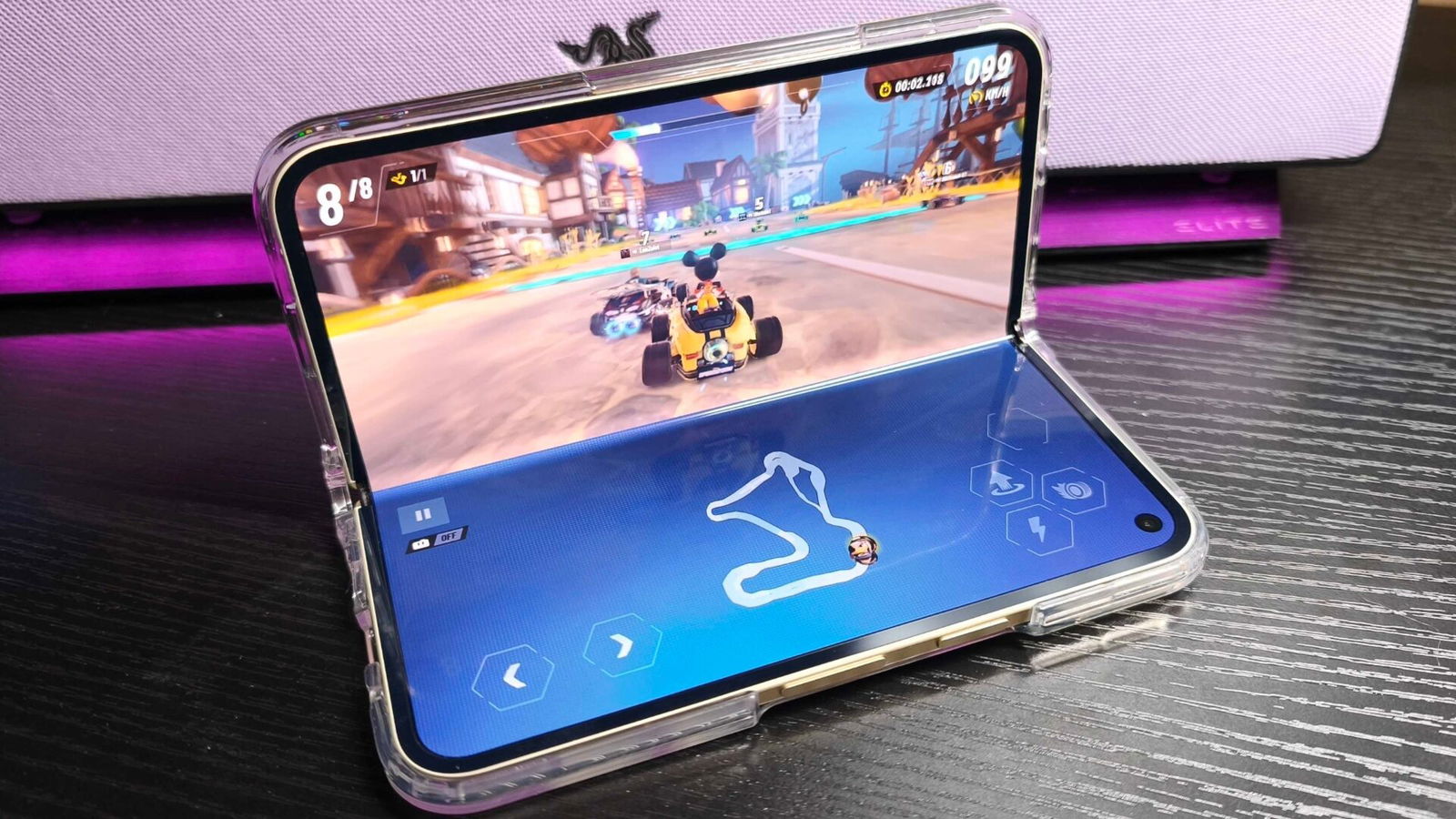
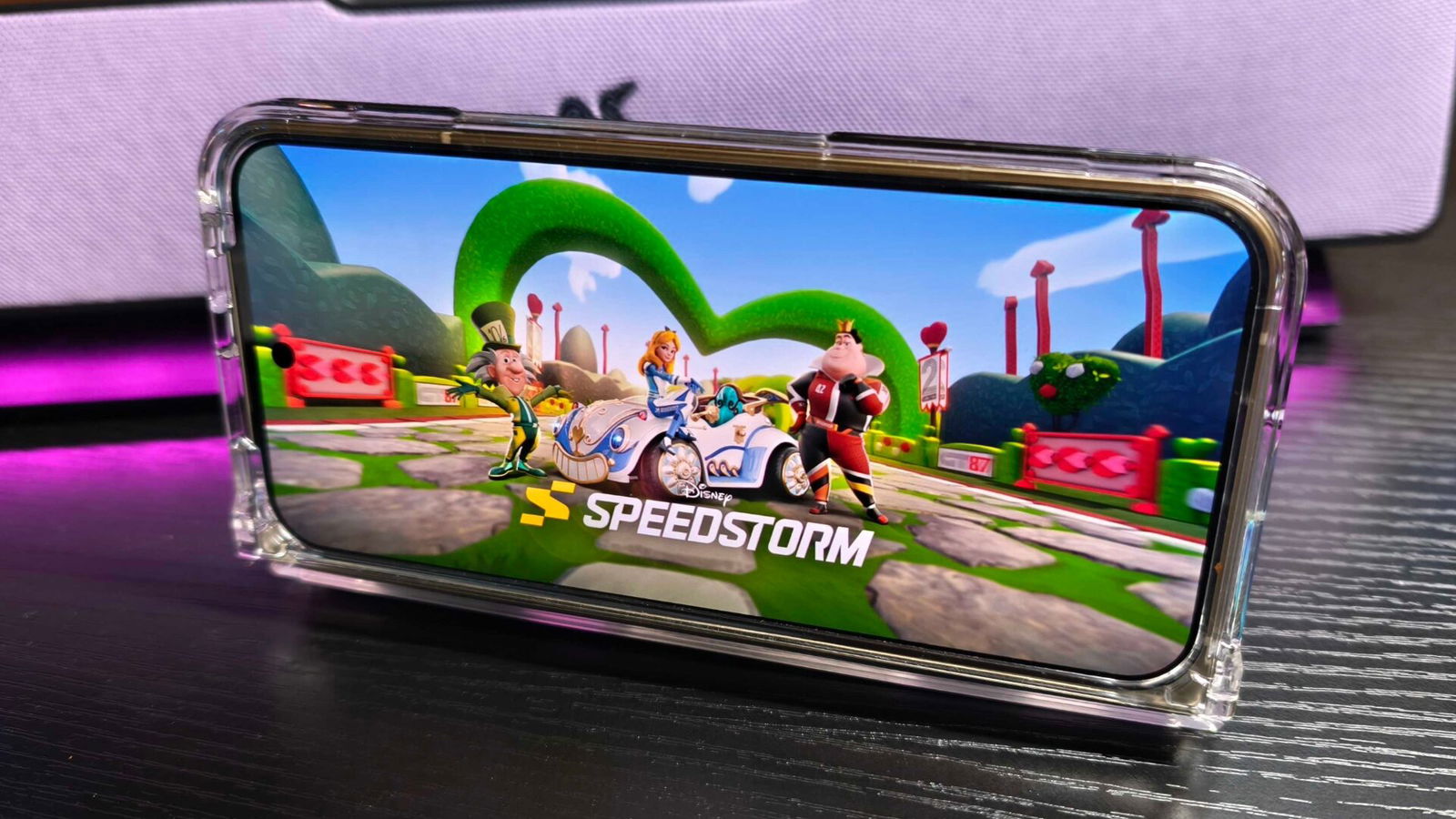
One little bit of excitement surrounding gaming on foldables is their push for optimized gaming. We aren’t there yet, but Android is working to optimize games specifically for the foldable market. This includes Asphalt Legends and Disney Speedstorm right now. In Disney Speedstorm, the game is divided into three distinct sections. The inner screen is divided into top and bottom screens (similar to the Nintendo DS), and the outer display also displays content and serves as additional buttons (much like Pro Controller buttons).
In theory, this could be a cool idea, but in practice, it doesn’t feel good. The bottom half of the inner screen serves as your controller, and it can be folded or kept flat. The back of the outer screen is where your pro buttons (boost in Speedstorm) are located, so it’s the top half of the screen. In folded mode, I had to keep a claw-like grip on the Pixel 10 Pro Fold, and it just wasn’t a great experience. I don’t see a world in which the outer screen should be used for anything while gaming on the inner screen, and it will ultimately drain your battery more than necessary.
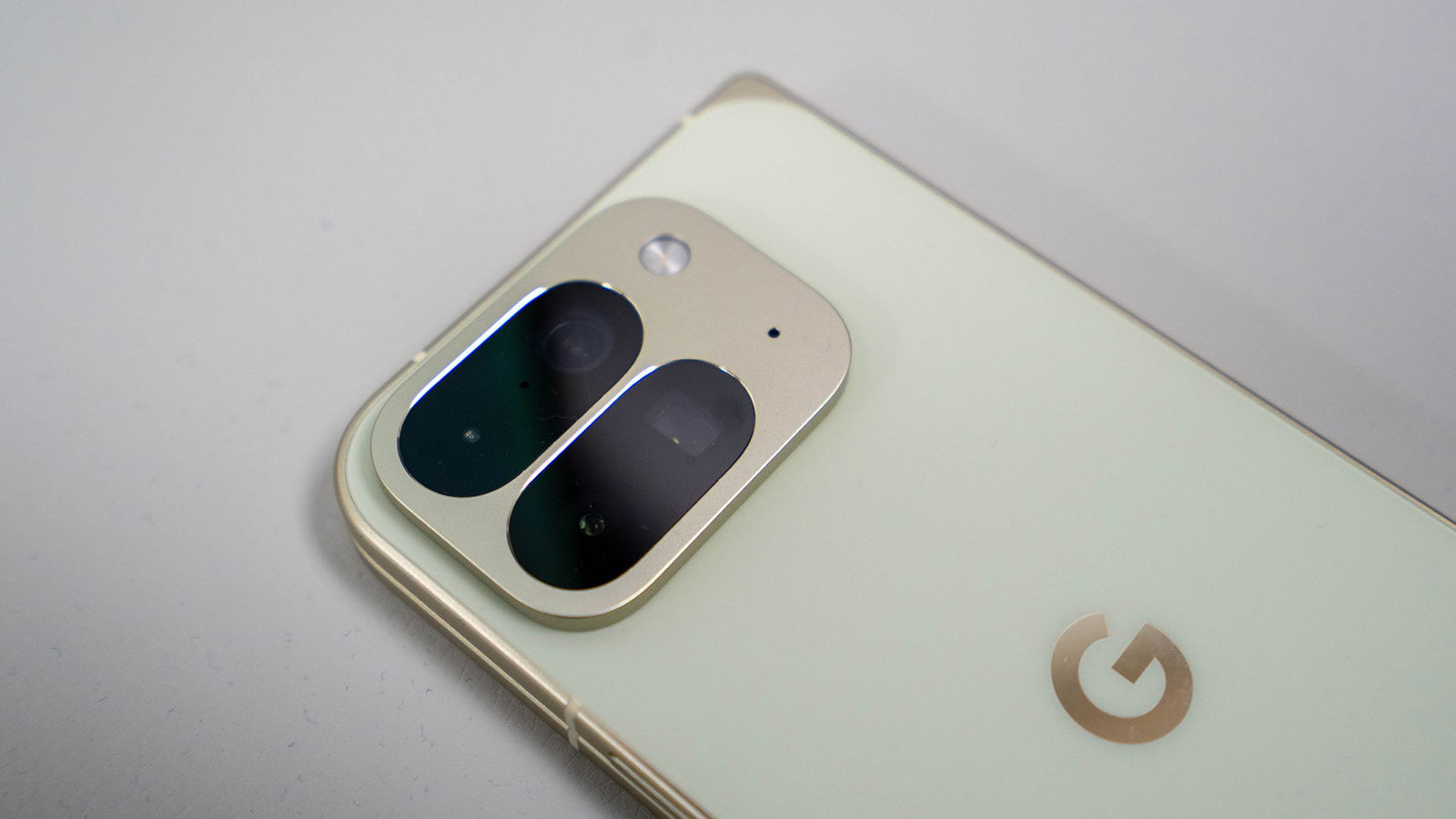
The cameras on the Pixel 10 Pro Fold are sufficient, but not the best I’ve seen, and certainly not the best among foldable devices. The device features a triple rear camera array, consisting of a 48MP main camera, a 10.5MP ultrawide lens, and a 10.8MP telephoto lens. The front and inner cameras are both only 10MP, and to me, that’s just too low.
The OnePlus Open, which is now two years old, featured 20 MP and 32 MP inner cameras, and I criticized the Z Fold7 for its 10 MP camera earlier this year. Even mid-tier phones do better than this, and they are working within a budget. I know foldables can get pricey, so cuts have to be made, but I don’t love seeing numbers this low in 2025.
I’ve been doing some camera testing, as per a usual smartphone review, but this time I also enlisted the help of my children. I wanted to see how foolproof the Pixel 10 Pro Fold’s camera was, as the Pixel lineup is often marketed as the best balance between mainstream and quality cameras. I sent them outside (supervised) to take some pictures and see how they turn out with no understanding of cameras…at all. They are 10 and 6.




Call me impressed. From close-ups of leaves to shots of the clouds and even portraits of themselves, the images my young children sent back were beautiful. Colours really pop on the Pixel 10 Pro Fold, and the texture of the clouds or the fur of some of our neighbourhood pet friends was very detailed. However, this holds true only to a certain extent. They start to break down the more you zoom in, and that is where those lesser cameras start to show.
I spent some time playing around with the AI features on the Google Pixel 10 Pro Fold, as well, and within reason, I am happy with what Google is doing. My only issue was trying to select a specific section. There is a tap or circle option, and it took several tries before it caught on to what I wanted. Often it would choose entire sections of the photo, other times it would only choose half of what I wanted. Once you get it working, though, you can do some really cool things.
Below, I will share a few examples of what I could do with a single photo of a pup that my son took. With the same picture, I erased a patch of grass, which is near flawless. I was able to remove the entire bottom section of the image, though I don’t know why I would, but it worked. I could crop the dog out, move it, and enlarge it, and the Pixel 10 Pro Fold would clean up the patch that I moved it off of.
And just for fun, I turned the dog into a cat, and it even gave me several cats to choose from. Google is doing some really cool things with AI and photography, and they are present, quick, and functional in the Google Pixel 10 Pro Fold.
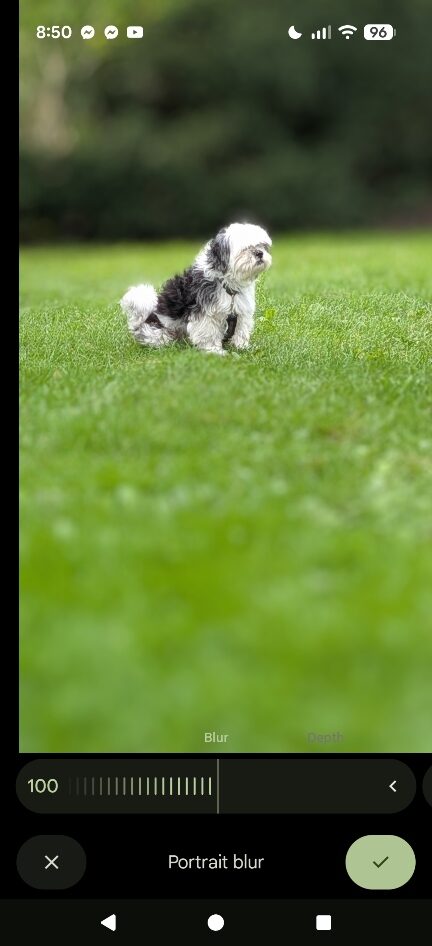

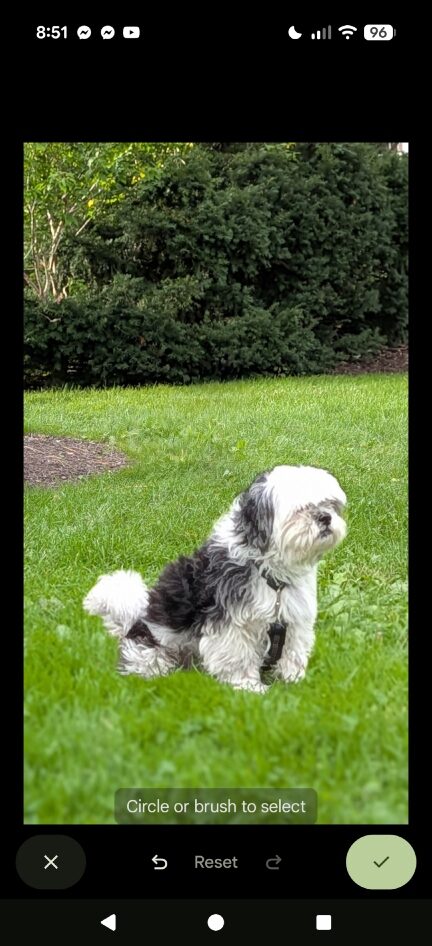
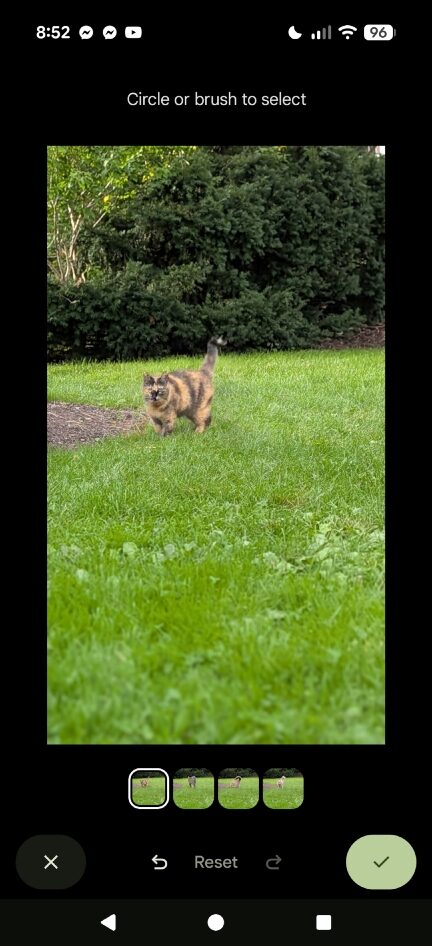
Camera Coach is also an interesting feature on the Pixel 10 Pro Fold, but it still needs some finesse. Essentially, you can frame something you want to take a photo of, and your smartphone will provide step-by-step instructions on how to take the perfect shot, or offer inspiration and ideas based on the subject in the frame. In theory, this is a very cool idea, but in practice, the instructions pop up on screen, where you need to tap next to move through them.
In my case, it asked me to turn my phone to landscape mode, but the instructions didn’t change orientation, so I was trying to read them sideways. Not only this, but you are tapping through instructions while trying to hold everything in frame, and it’s a bit chaotic. For a foldable, this would be a great time to use that inner screen, with instructions on one side and the camera on the other, much like the way the preview photos feature is set up. Seems like a wasted opportunity to me.
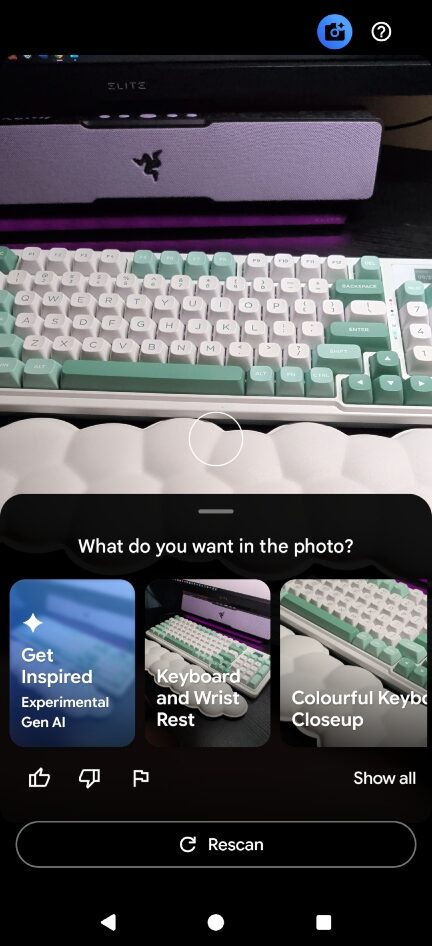
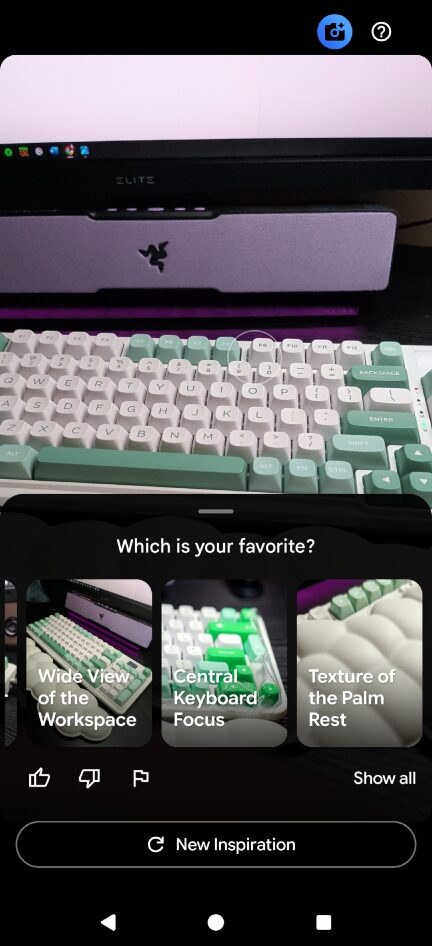
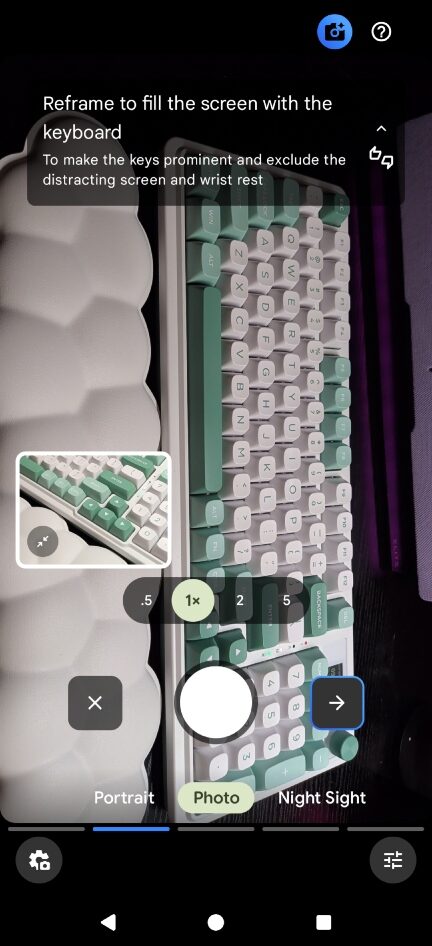
Pixels have a ton of camera features to discuss, which would make this review a billion words long, but this one really seemed to have a great reason to use that big screen and opted not to. With that, we need to move on, or we will be here forever. If you have a recent Pixel device, I really recommend diving into some of these features. You can do some wild things.
Part of the appeal of a foldable is the productivity side of things. With bigger screen real estate, you expect to be able to do more. Vertical video doesn’t display significantly larger on the inner screen, even though it feels like it does. Watching horizontal video on sites like YouTube allows for more to be seen, like comments, suggested videos, etc.
Email takes advantage of this too, allowing you to read the full email on the right while scrolling through emails on the left, much like a tablet. The Pixel 10 Pro Fold lets you adjust this window to the size you like as well. Google Calendar also makes good use of the space, with the calendar on the right and any of the day’s activities on the left.
Split Screen is important to productivity, just ask all of us who work with dual-screen monitors. Being able to open two screens and work between them is important. On the Pixel 10 Pro Fold, you can open two apps, whether you’re doomscrolling X and watching TikTok or writing in a document while gathering details from a website.
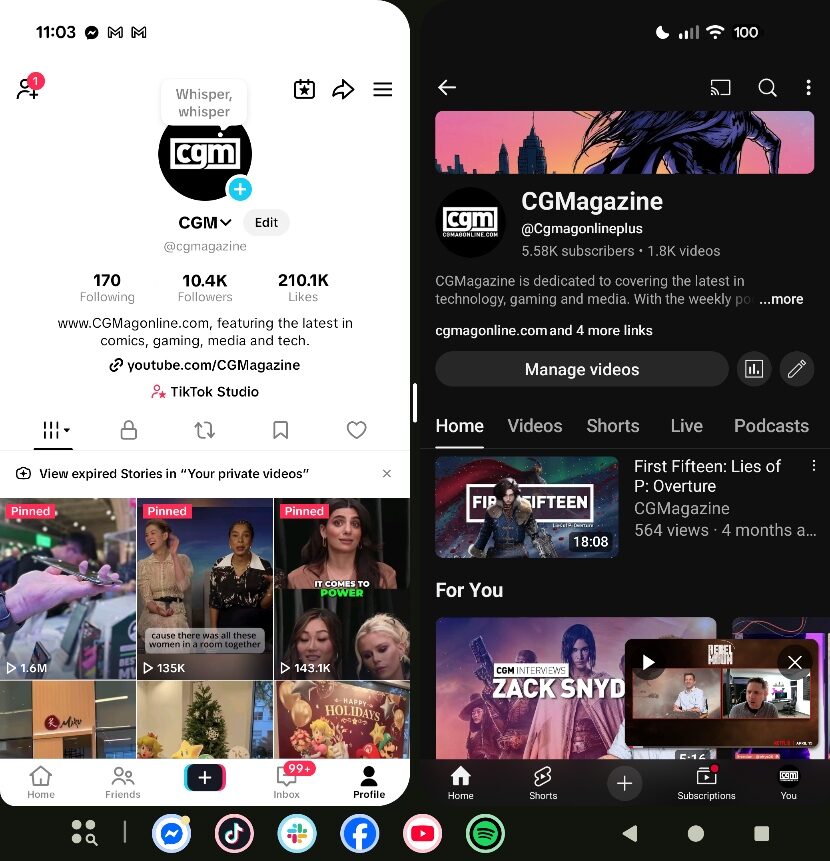
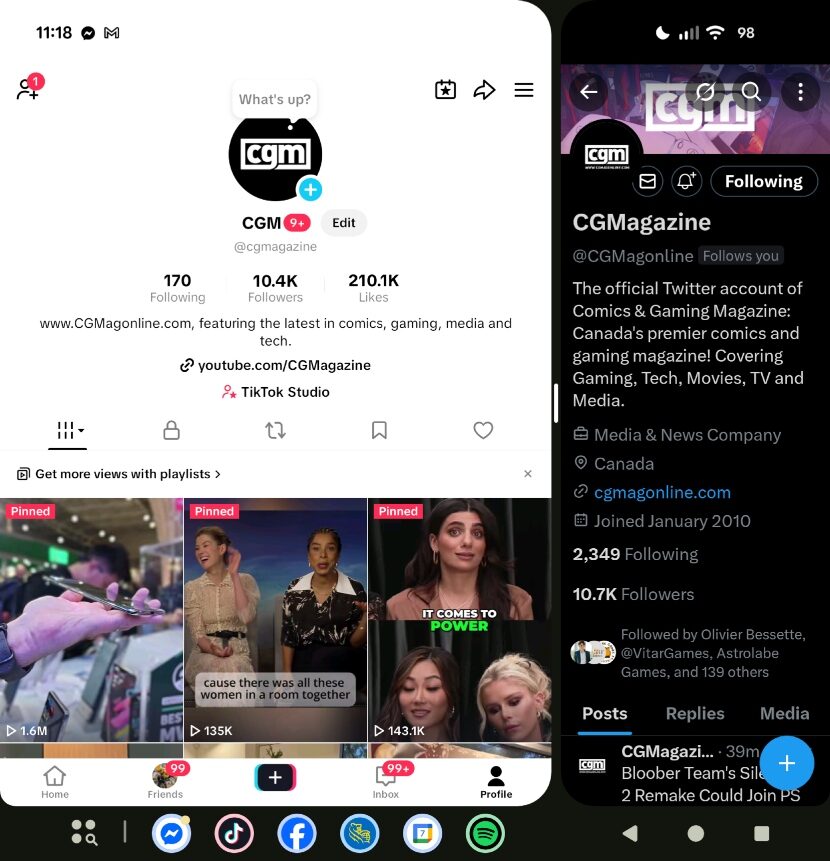
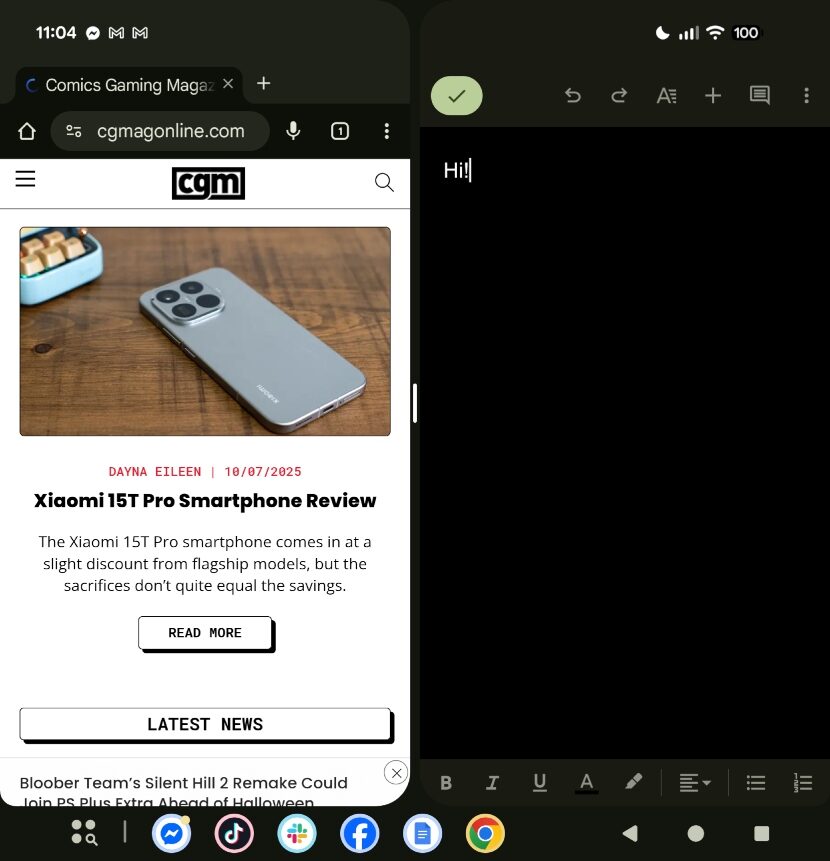
Drag & Drop is a feature that plays off of Split Screen, allowing you to move or paste things from one app to another. For instance, dragging a photo from your Google Photos app into your messages, or taking a link from a website into a doc or sending it to a friend. Something to note, though, I use Facebook Messenger for most of my texting, and if I am not using that, it’s Slack for work. Drag & Drop did not work for images on either app, and even a link didn’t work for Slack. A bit of a bummer, but that could come later.
“With taking photos, heavy scrolling, watching media and listening to music—which surprisingly sounds great on the Pixel 10 Pro Fold—I was still heading to bed with 30-35% battery.”
If you’re doing all this productivity work, you’re going to need a battery that can keep up. The Google Pixel 10 Pro Fold features a 5015 mAh battery. Surprisingly to me, this is bigger than the Pixel 10 Pro, and it beats out the Z Fold7 (but we know Samsung is scared of batteries, right?). In practice, I was pretty happy with the performance. With taking photos, heavy scrolling, watching media and listening to music—which surprisingly sounds great on the Pixel 10 Pro Fold—I was still heading to bed with 30-35% battery. I really thought it would die faster.
In a display test, I watched two 49-minute shows on Netflix, one on the inner screen and one on the outer screen, with full brightness to see how much it took off the top. Each episode I watched took under 10% of the battery. Somehow, the bigger inner screen was only 8%. The Google Pixel 10 Pro Fold does not support higher wattage chargers, though, meaning they only promise 50% in 30 minutes. In testing, I gave it a shot with some of my fast chargers and was only able to get about 1% a minute. It also supports 15W wireless charging.
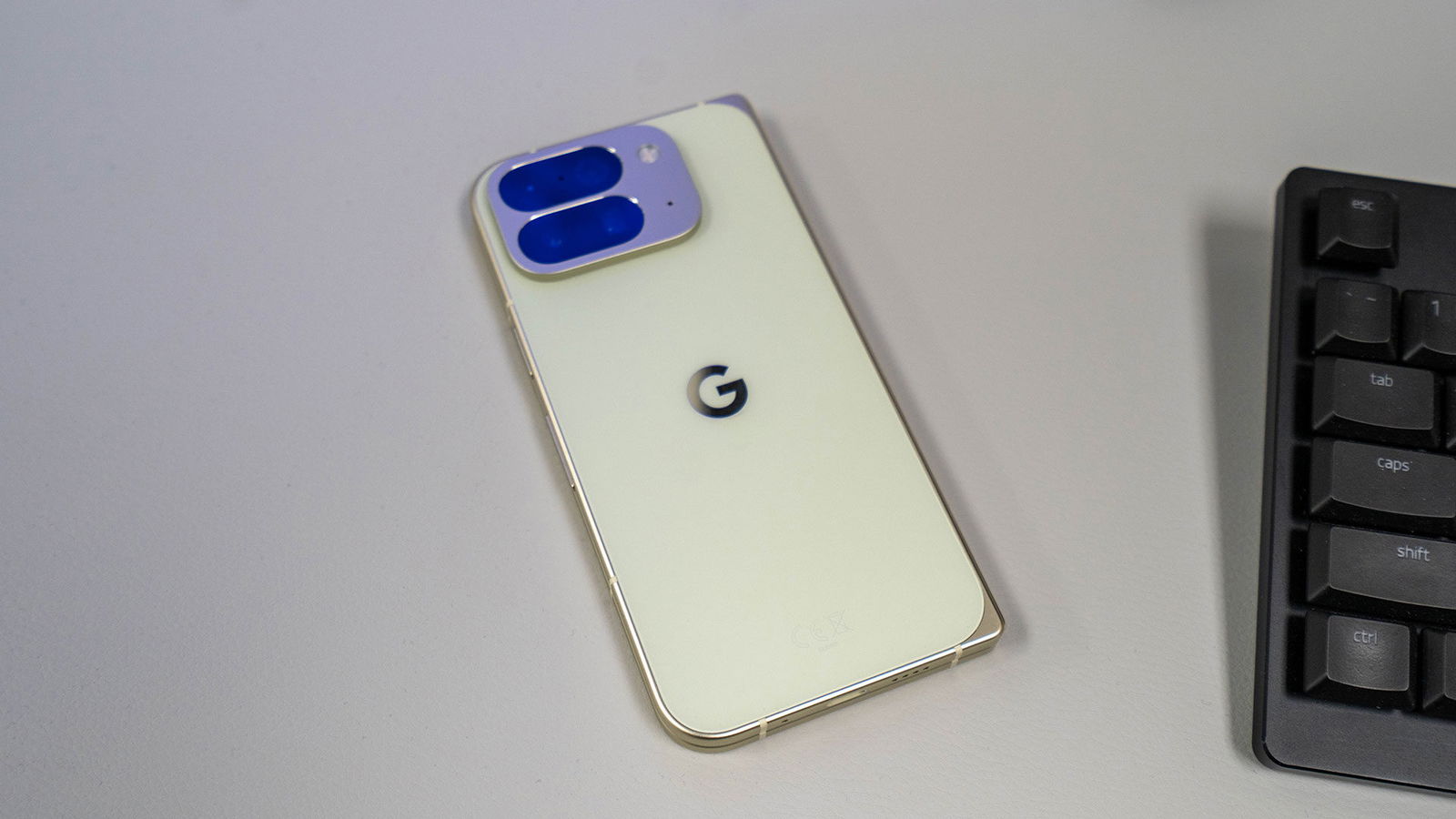
All of that brings us to the price. When you’re getting a foldable, you are paying a premium price; there is no getting around it. I am happy to report that the Google Pixel 10 Pro Fold is priced competitively, at $1799 USD ($2399 CAD) for the 256GB model, $1919 ($2569 CAD) for the 512GB model, and $2149 USD ($2869 CAD) for the 1TB model. For comparison, the Samsung Galaxy Z Fold7 is $1999 USD for the 256GB model alone, which only has 12GB of RAM.
Do I think we should be paying this much for a phone? Nope, but this is the market, this is what you get. The OnePlus Open sits around $1275 USD with 16 GB of RAM and 512GB of storage, but it is a few years old at this point. If they do happen to drop a new foldable next year, I would keep an eye out, as they are regularly cheaper with more features.
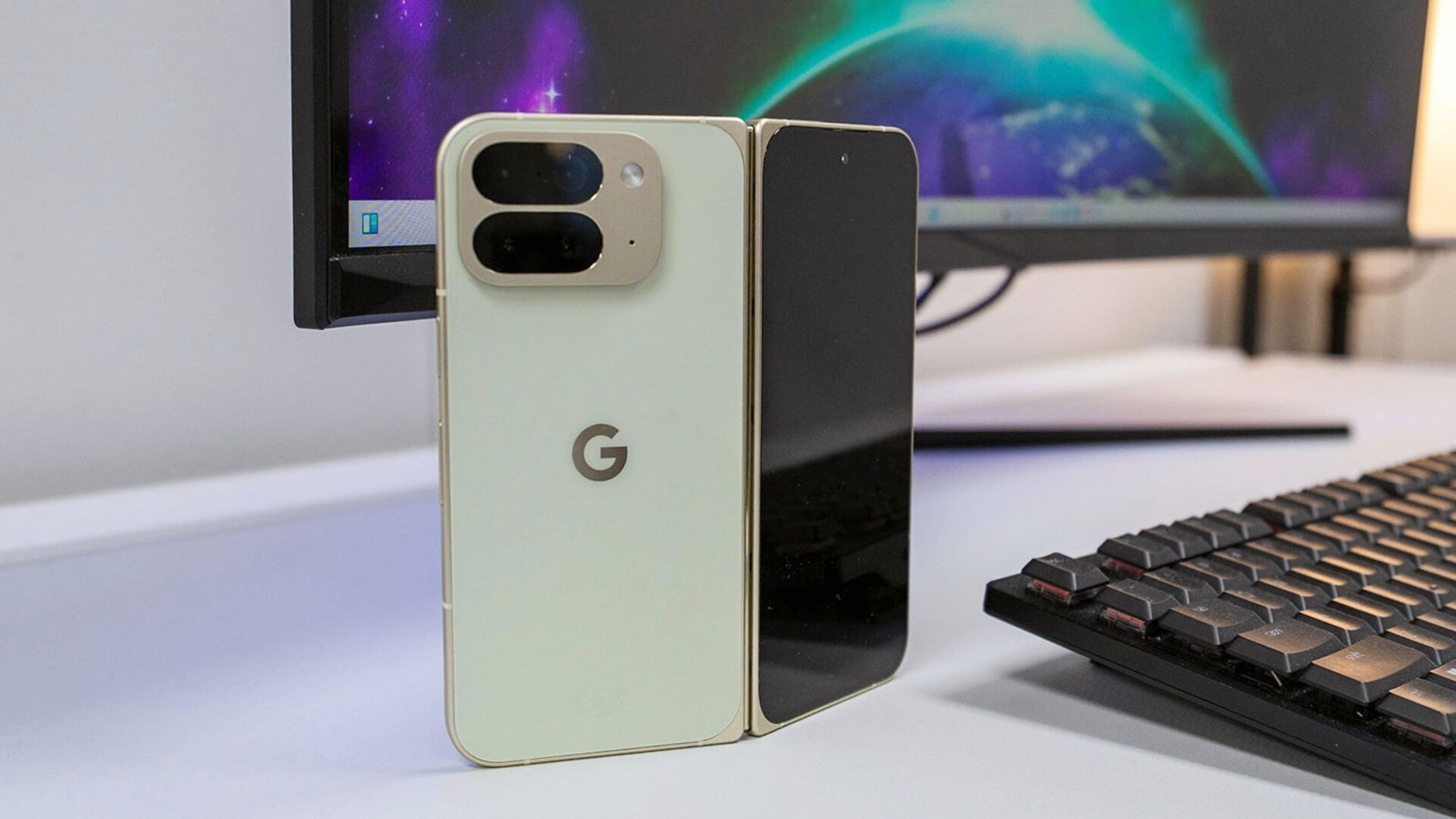
Overall, after I choke down the foldable price that reflects on everyone, not just Google, I have been extremely happy with my time with the Pixel 10 Pro Fold. I love the form factor, even if it is a bit heavy; performance outside of gaming has been great, and the displays are beautiful. Had this not come out the same year that the Z Fold7 finally changed its shape and moved up to a 200 MP main sensor in their camera, this would have been the new foldable to beat.
However, with approximately $200 in savings, a serviceable camera, numerous AI options, more RAM, and a better battery, it’s a fairly even trade-off. Anyone who chooses the Google Pixel 10 Pro Fold as their next foldable will be more than satisfied with its performance—so long as you’re not a hardcore mobile gamer.
